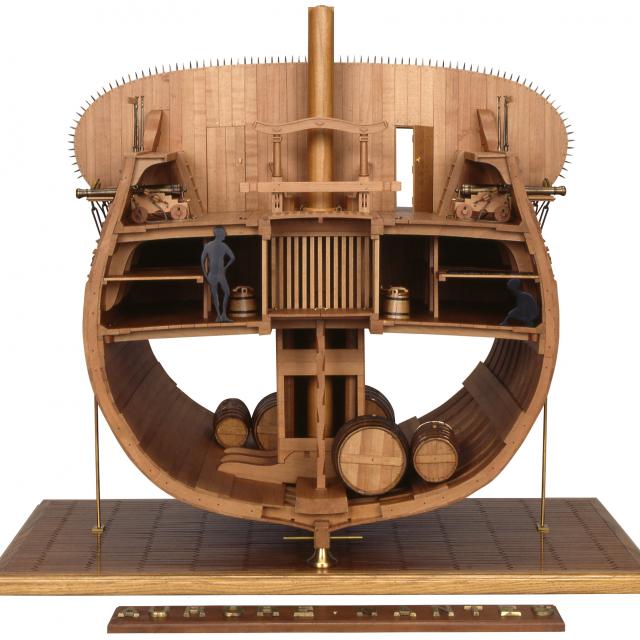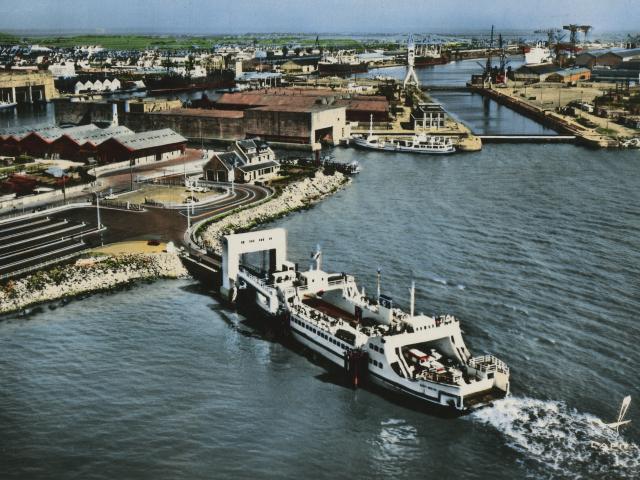Nantes was long a maritime port before outer ports closer to the open sea were used, like Paimboeuf on the south bank of the Loire estuary. The city was able to supply the French kingdom via shipping routes right along the Loire and its many tributaries. This made it a point of convergence for sea-going vessels and river craft.
Many ships involved in the slave trade sailed on the waters you see before you. They were equipped as slave ships by Nantes ship owners. Their crews were recruited from around the area, including the Guérande peninsula. The ships set off loaded with manufactured products, such as fabric, arms and utensils. These goods acted as currency to buy people captured on the west coast of Africa – in Senegal and the Gulf of Guinea – for the purposes of slavery. These captives were transported to the French West Indies and then sold. On the homeward leg, goods from the tropics, such as wood, sugar and coffee, were shipped back to Nantes.
In the 18th century, Nantes was the most important port in the French slave trade. It was responsible for transporting 550 000 Africans to Central America, or 43% of all French slave trafficking.















